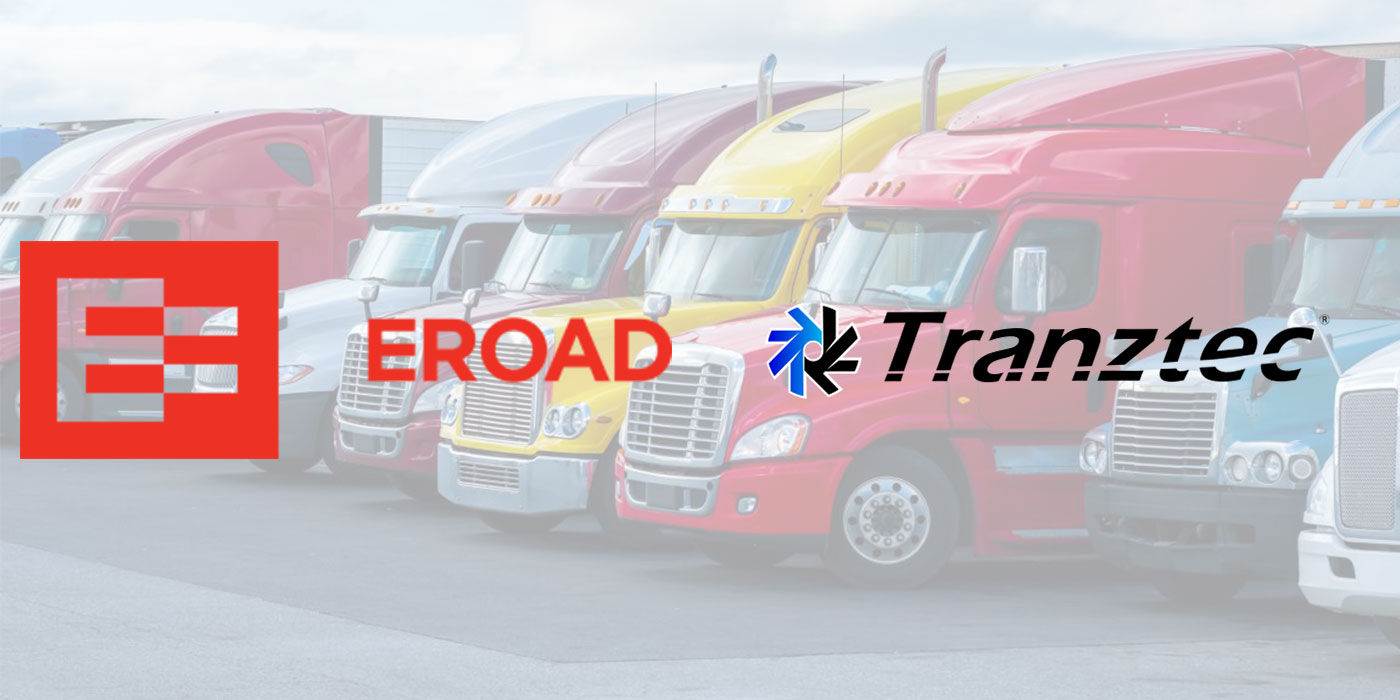We return the truck to the dealer for a lighting bolt light on the dash, because a simple light on the dash has become more work than we ever dreamed. (Years ago, we put all gauges to neutralize the “idiot light,” as we called it then.)
So here’s what happens most of the time: two days after it arrived (back log of work), the dealer assigns a tech to the job. The tech then spends a few hours and cannot figure it out. Then, because it is under warranty, or too technical a problem to correct, the tech reports to the service writer or shop foreman. Next, the dealer has to place an email request to technical support from the manufacturer.
The request by email goes into a queue. The dealer waits for a reply, but because of the response time delay, they move the vehicle out of the shop, which means it is now out of queue. It could be days before the shop gets a reply. Once the reply is received, the technician is instructed what to do for this event—these steps must be followed as directed, or the dealer will not get paid for the repairs.
Now the vehicle is back in the service bay. The manufacturer may have to call the supplier and engage in the same COD again. The dealer may also engage the customer in COD, because the manufacturer is not paying the warranty so the dealer does not move forward with the repair because the fleet guy in charge says they are not going to pay.
You know what happens next: the dealer can say, “I am going to hold your vehicle until you pay,” or, “I am going to put you on COD” (the cash thing). Now there are more delays and the fleet has to call the fleet rep, who has to call the dealer. Next, the rep has to call his hotline, where he will get put into a queue again. At this point the fleet guy is under pressure from the owner, the rep caves and tells the dealer what to do. If it’s a cash repair, that COD term pops up again, because what the rep told the dealer has changed since the tech on the truck said he found the battery’s cable on the starter was loose…30,000 miles or three months old.
The approval process in our industry has created a costly chain of delay (COD). It increases downtime and adds unnecessary costs and aggravation. It is very simple: support the customer, support the dealer and the manufacturers need to cut out the red tape.
Many fleets are finding that today’s trucks are so complicated to maintain and repair, they have to be returned to the dealer. But the dealers often are short of people and the techs are at a new level of guidance—it is about who is paying whom. After all, we did buy the trucks with the intent of high utilization and customer satisfaction.
We are all part of the chain of delay, so we all have to do our part to slow it down—I mean speed it up. We have to fix the process. Empower the people to make the customer happy, stand behind your product and cut the red tape. Put some people back in the field. Beef up the technical support. Read your own data.
For more information, visit www.darrystuart.com or email comments or questions requests to Darry at: [email protected].













